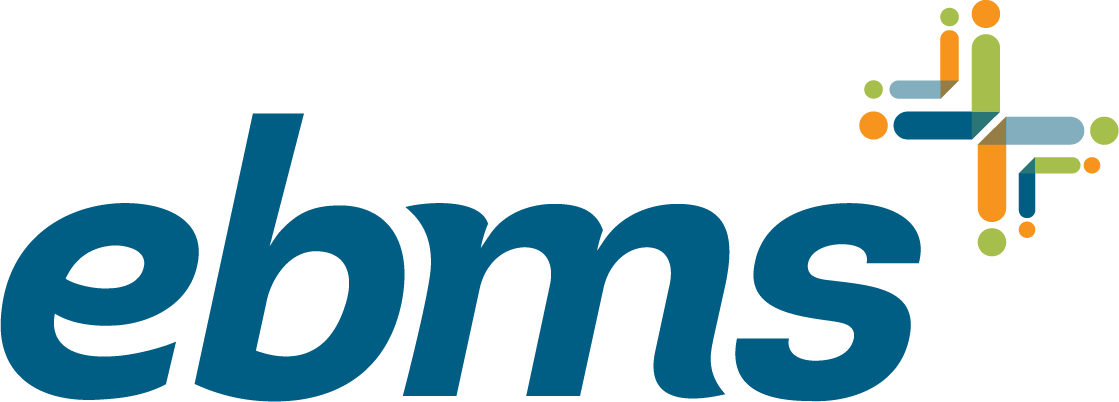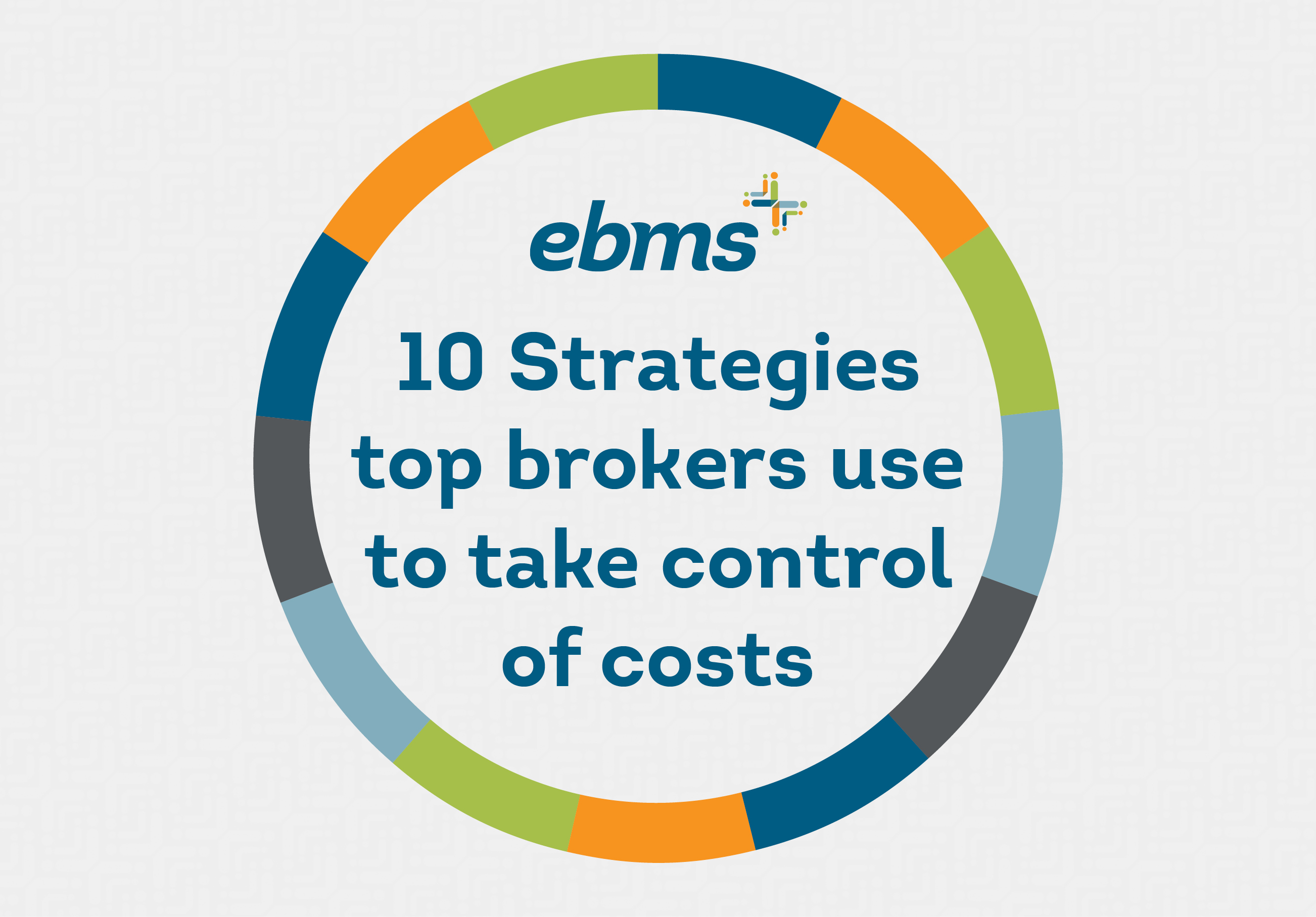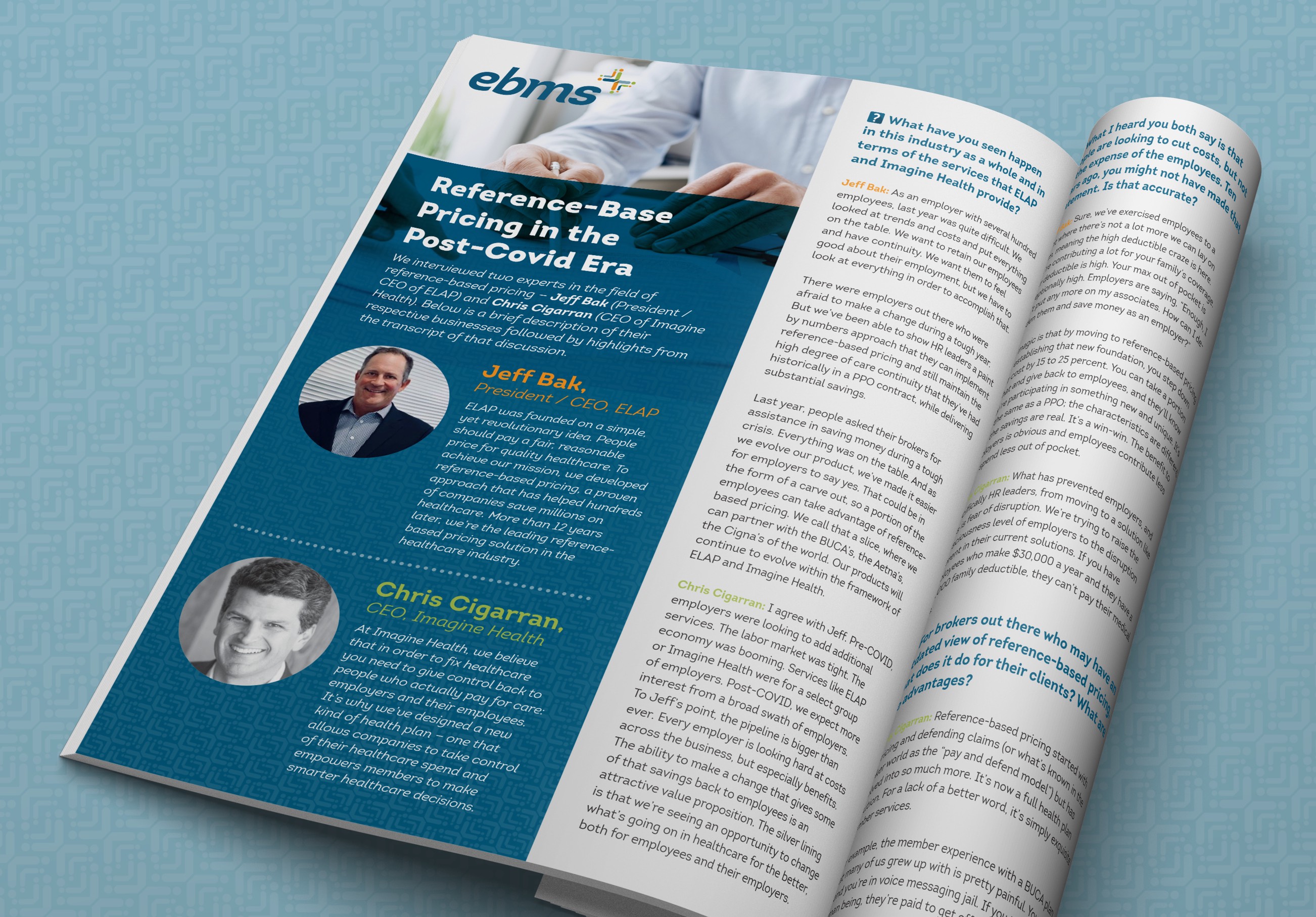Health Informatics Adds Essential Insights to Data Reporting
January 22nd, 2019
Our industry has done a stellar job at capturing and storing data. Where we’ve lagged behind, however, is in our ability to take in all this data, apply it, and act on it to solve a problem.
The average person just isn’t equipped to interpret a report filled with numbers and percentages. It turns out that having too much data is just as bad as not having enough, when it comes to strategic decision-making.
Enter Laura Rookhuizen, our healthcare informatics analyst at EBMS.
Laura has a background in running care management programs. She has now combined that care delivery knowledge with an expertise in computer science and is bringing new insights to EBMS clients who want a deeper understanding of their numbers.
“This is the next level of service,” Laura says. “We can answer the burning questions that data alone can’t resolve. It starts with the idea Wouldn’t it be cool if we could find out… and then we use sophisticated methods to uncover the whole story for the client.”
Every project and report that Laura works on is different. Each is very specific to the client; there is no standard package. She can slice and dice a population in different ways to make a comparison or load data from an outside vendor into the system.
She has done in-depth evaluations of entire plans and of single programs to gauge both clinical and financial effectiveness. Is the plan population using preventive services according to recommended benchmarks? Does a wellness program have a positive impact on those who participate? What kind of ROI does an onsite health center generate?
“A benefit plan is a huge investment,” Laura says. “When a company is looking to renew services and contracts, it wants to be sure a program is truly adding value. And that requires a deeper dive into the data than an algorithm can produce. There’s a huge benefit to having human eyes on the data, being invested in the analysis at a human level.”

That investment includes the ability to make data-driven recommendations for programs and solutions that can improve member health, often while simultaneously containing runaway costs.
“It’s a way to have a direct impact on the overall well-being of our members and their families, even though we’re not medical providers,” Laura says.




